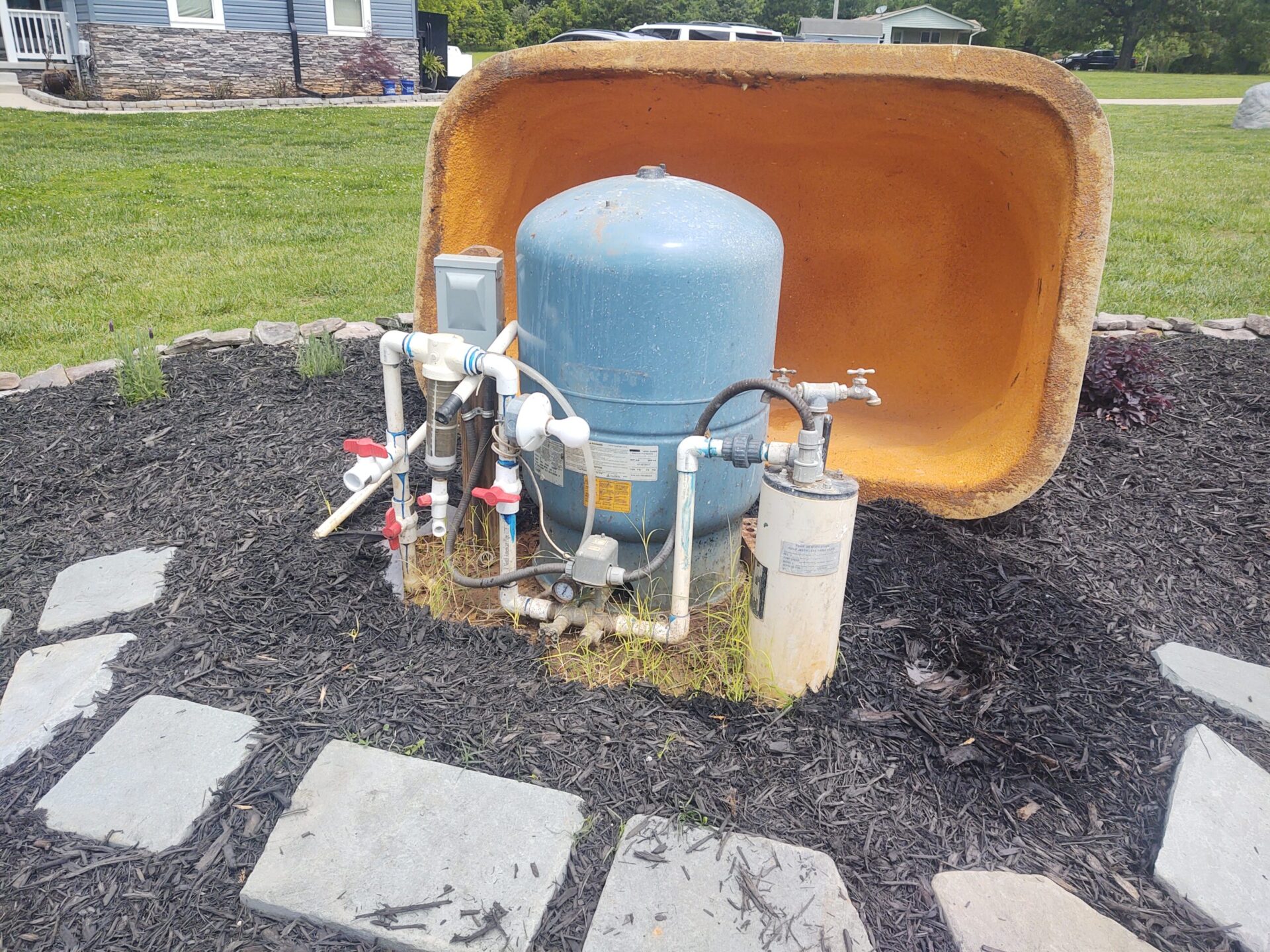Winter brings unique challenges for homeowners relying on well water, and when the unexpected happens, emergency well repair becomes a priority. Freezing temperatures can cause pipes to burst, pumps to malfunction, and water access to become unreliable. Understanding the special precautions needed for emergency well repair in winter can help you avoid long disruptions and costly damage.
Whether you’re facing an unexpected repair or simply preparing for the season, these insights will help keep your water supply safe and accessible throughout the winter.
What are the common issues with wells during winter that require emergency repair?
Winter can present unique challenges for well systems, leading to several common issues that may require emergency repair. Here are some key problems homeowners might encounter:
- Frozen Pipes: Extremely low temperatures can cause water pipes to freeze, obstructing water flow. This issue can lead to pressure buildup and potential pipe bursts, necessitating immediate attention.
- Pump Failure: Submersible pumps can fail due to electrical issues or extreme cold, leaving homeowners without water. Prompt repair or replacement is essential to restore access.
- Icing at the Wellhead: Snow and ice accumulation around the wellhead can create access difficulties for repairs and maintenance. This can also trap moisture, leading to corrosion or damage to components.
- Low Water Levels: Winter weather can impact groundwater recharge, leading to lower water levels in wells. If the pump is unable to draw adequate water, this might result in pump damage.
- Contamination Risks: Freezing temperatures can lead to improper sealing or breaks in the well structure, increasing the risk of contamination from surface runoff or snowmelt.
- Electrical Issues: Ice or snow can damage electrical components connected to the well system, causing malfunctions that require urgent repair.
Addressing these common winter issues promptly is vital for maintaining a reliable and safe water supply.
How can freezing temperatures impact the function of a well?
Freezing temperatures can significantly impact the function of a well, leading to various complications that may disrupt water access and system integrity. Here are some key effects:
- Frozen Water Lines: Cold weather can cause exposed water pipes to freeze, restricting or completely stopping the water flow. This can create pressure buildup, potentially resulting in pipe bursts when the ice thaws.
- Submersible Pump Failure: Freezing conditions can lead to failure, particularly if the pump is not properly insulated or the water level drops too low. A failed pump will prevent water from being drawn from the well.
- Icing at the Wellhead: Ice and snow accumulation around the wellhead can obstruct access for maintenance and repairs. This can also trap moisture, leading to corrosion or damage to critical components.
- Low Water Levels: Prolonged freezing temperatures can decrease groundwater recharge rates, causing water levels in the well to drop. This can lead to the pump drawing air instead of water, potentially damaging the pump.
- Electrical Issues: Freezing temperatures can also affect electrical components associated with the well system. Ice buildup may lead to short circuits or damage to wiring, resulting in malfunctioning systems.
- Contamination Risks: If freezing causes structural issues in the well casing, it can compromise the well’s integrity, increasing the risk of contamination from surface runoff or other external sources.
Freezing temperatures can disrupt the function of a well in multiple ways, emphasizing the importance of proper winterization and maintenance.
What steps should homeowners take if their well stops working in winter?
If a homeowner’s well stops working during winter, taking prompt and effective steps is essential to diagnose and address the issue. Here’s a guide on what to do:
- Turn Off Power: Immediately shut off the power to the well pump to prevent further damage or electrical hazards. This is crucial if there are any signs of malfunction or water flow issues.
- Check for Obvious Issues: Inspect the wellhead and surrounding area for signs of ice or snow accumulation that may obstruct access. Clear any snow and ice if safe, ensuring that components are accessible.
- Assess Water Flow: Open faucets to determine if water is flowing or has completely stopped. This can help identify if the issue is with the pump or if the water supply is frozen.
- Inspect Pipes: Check exposed pipes for signs of freezing or damage. Insulating exposed pipes can help prevent freezing, but if they are frozen, avoid using heat sources directly on them.
- Contact a Professional: If the problem persists, it’s essential to call a qualified well technician. They have the expertise and tools to diagnose and repair issues safely and effectively.
- Consider Winterization: After repairs, discuss winterization options with a professional to prevent future problems, such as insulating pipes and ensuring proper wellhead sealing.
By taking these steps, homeowners can mitigate damage and restore their well’s functionality efficiently.
Why is it essential to address well repairs quickly during the colder months?
Addressing well repairs quickly during the colder months is crucial, directly impacting safety, functionality, and overall water supply reliability. Here are key considerations:
- Preventing Further Damage: Delaying repairs can exacerbate existing issues, leading to more extensive and costly damage. For instance, frozen pipes may burst if not addressed promptly, resulting in significant repair needs.
- Ensuring Water Access: In winter, a reliable water supply is essential for daily cooking, cleaning, and personal hygiene. Quick repairs help restore access to water, preventing inconvenience and potential health risks.
- Avoiding Contamination Risks: If structural issues develop due to freezing conditions, such as compromised well casing, it can increase the risk of contamination from surface runoff or other external sources. Timely repairs help maintain water quality.
- Safety Concerns: Malfunctions in the well system can create safety hazards, such as electrical issues or flooding from burst pipes. Addressing repairs promptly reduces these risks, ensuring a safer environment for the household.
- Protecting Equipment: Quick repairs can protect vital well components, such as pumps and pipes, from freezing and damage, prolonging their lifespan and reducing future repair costs.
Addressing well repairs swiftly during colder months is essential to prevent damage, ensure water access, maintain safety, and protect overall system integrity.
Ensure Safe Winter Well Repairs—Act Now!
At Well Doctor LLC, we understand winter’s unique challenges to well systems. Ensuring safe and effective repairs is our top priority during the colder months. With freezing temperatures, wells can encounter frozen pipes, pump failures, and ice buildup at the wellhead. Our experienced team has the knowledge and tools to address these problems swiftly and efficiently.
Don’t wait until a minor issue becomes a major emergency! Acting now can prevent costly repairs and ensure a reliable water supply throughout winter. We offer comprehensive assessments and prompt repair services tailored to your needs, ensuring your well system operates smoothly and safely.
Contact Well Doctor LLC today to schedule your winter well inspection and keep your water flowing all season long!

